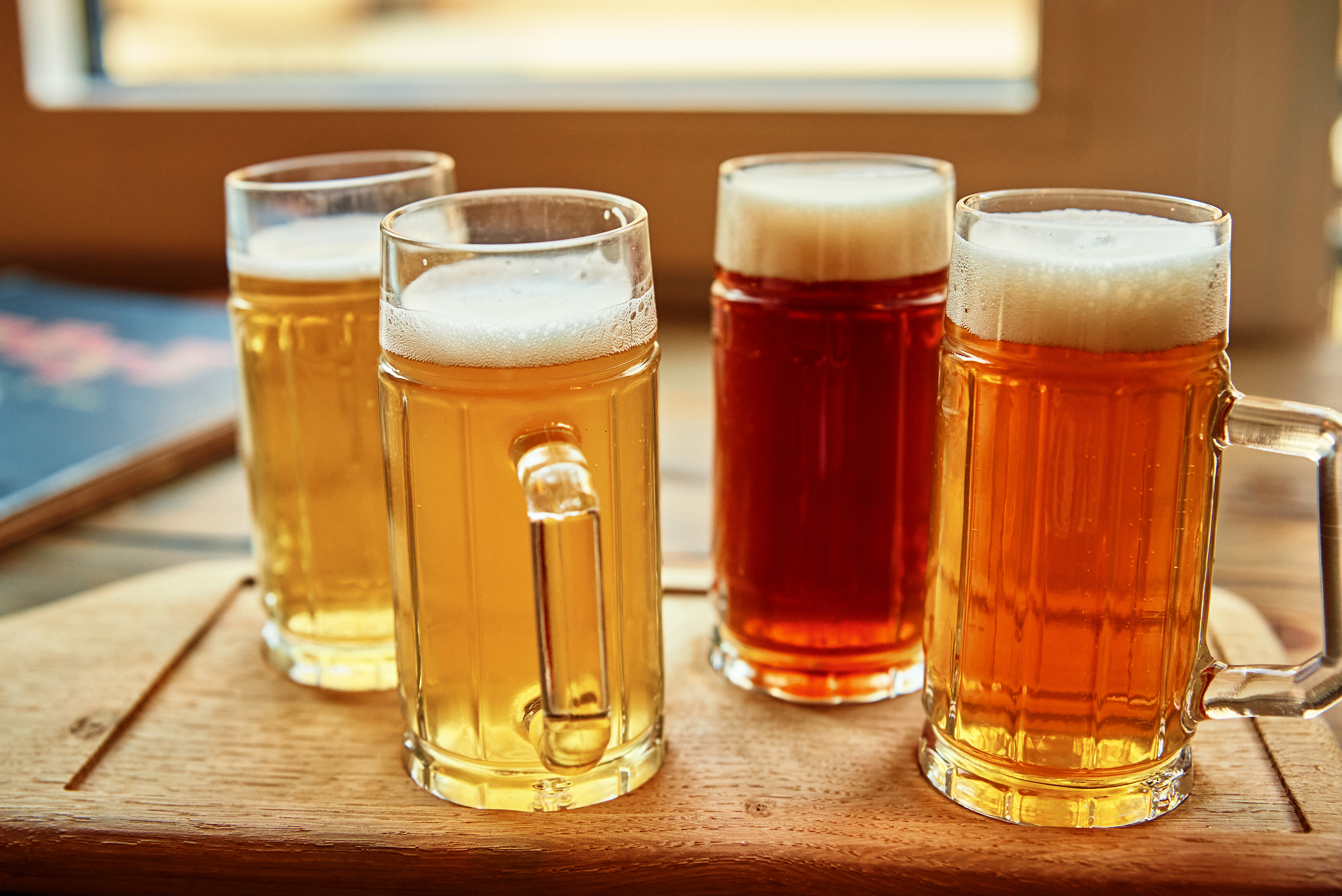10 Telling Truths About Beer That Everyone Should Know
3. Globalization vs. Local Identity: The Cultural Trade-Off

Globalization has opened up new markets and opportunities for breweries, allowing them to reach consumers around the world. This expansion, however, comes with a trade-off between embracing global influences and maintaining a strong local identity. On one hand, globalization enables breweries to experiment with diverse ingredients and styles, drawing inspiration from different cultures. This can lead to the creation of unique and exciting beers that appeal to a wide audience. Additionally, entering international markets can significantly boost a brewery's growth and profitability. Conversely, the influx of global influences can dilute a brewery's local identity, which is often rooted in regional traditions and flavors. Consumers who value authenticity may perceive this as a loss of the brewery's original character. Moreover, smaller local breweries may struggle to compete with larger international brands that have more resources and marketing power. This section will explore how breweries are balancing the benefits of globalization with the need to preserve their local identity. It will highlight strategies such as incorporating local ingredients and storytelling to maintain a connection with their roots while appealing to a global audience.
4. Health Consciousness: Low-Alcohol vs. Full-Flavor Beers

As health consciousness becomes increasingly prevalent, breweries face a trade-off between producing low-alcohol beers and maintaining the full flavor that traditional beers are known for. The demand for low-alcohol and non-alcoholic beers has risen as consumers seek healthier alternatives that allow them to enjoy social drinking without the associated health risks. This trend has spurred innovation in brewing techniques, enabling the creation of flavorful low-alcohol options that appeal to health-conscious consumers. However, the process of reducing alcohol content can also impact the beer's flavor profile, often resulting in a product that lacks the depth and complexity of its full-alcohol counterparts. Brewers must experiment with different ingredients and techniques to strike a balance between reducing alcohol content and preserving flavor. This section will delve into the challenges and opportunities associated with this trade-off, showcasing examples of breweries that have successfully developed low-alcohol beers without compromising on taste. It will also discuss the potential health benefits of these products and their impact on consumer preferences.
